
Arnold Genthe was a German-American photographer, best known for his photographs of San Francisco's Chinatown, the 1906 San Francisco earthquake, and his portraits of noted people, from politicians and socialites to literary figures and entertainment celebrities.

Xavier Timoteo Martínez was a Mexican-born Californian artist active in the late 19th and early 20th century. He was a well-known bohemian figure in San Francisco, the East Bay, and the Monterey Peninsula and one of the co-founders of two California artists' organizations and an art gallery. He painted in a tonalist style and also produced monotypes, etchings, and silverpoint.
Percy Gray was an American painter. At the 1915 Panama–Pacific International Exposition he won a bronze medal for his watercolor Out of the Desert, Oregon. Gray's artwork is held in the permanent online collections of several museums, including the Monterey Museum of Art.
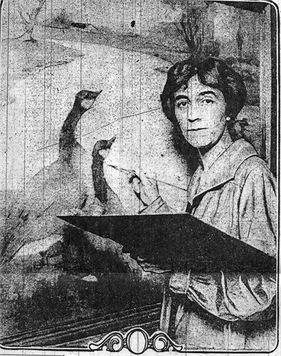
Rowena Fischer Meeks Abdy was an American modernist painter. She primarily painted landscapes and worked in Northern California.

Guy Orlando Rose was an American Impressionist painter and California resident, who received national recognition in the late 19th and early 20th centuries.

William Frederic Ritschel, also known as Wilhelm Frederick Ritschel, was a California impressionist painter who was born in Nurenberg, Kingdom of Bavaria.

Maynard Dixon was an American artist. He was known for his paintings, and his body of work focused on the American West. Dixon is considered one of the finest artists having dedicated most of their art to the U.S. Southwestern cultures and landscapes at the end of the 19th-century and the first half of the 20th-century. He was often called "The Last Cowboy in San Francisco."
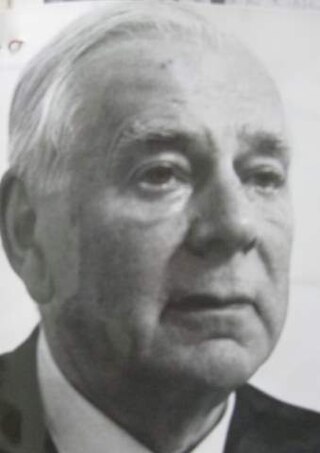
Hermann Rosse was a Dutch-American architect, illustrator, painter, theatrical designer, and art director. He won an Academy Award for Best Art Direction for the film the King of Jazz.
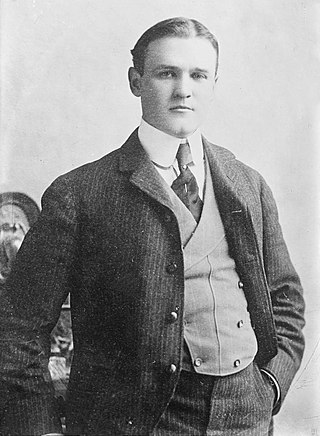
Harry Leon Wilson was an American novelist and dramatist best known for his novels Ruggles of Red Gap and Merton of the Movies. Another of his works, Bunker Bean, helped popularize the term "flapper".

Francis John McComas (1875–1938) was an Australian-born artist who spent most of his adult life in California, receiving some national recognition. He was one of the few California artists invited to exhibit in the 1913 International Exhibition of Modern Art in New York.
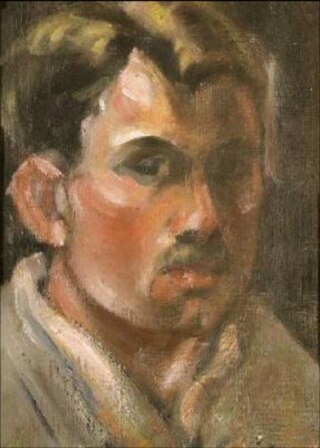
Rinaldo Cuneo, was an American artist known for his landscape paintings and murals. He was dubbed "the Painter of San Francisco".

Arthur Putnam was an American sculptor and animalier who was recognized for his bronze sculptures of wild animals. Some of his artworks are public monuments. He was a well-known figure, both statewide and nationally, during the time he lived in California. Putnam was regarded as an artistic genius in San Francisco and his life was chronicled in the San Francisco and East Bay newspapers. He won a gold medal at the 1915 San Francisco world's fair, officially known as the Panama–Pacific International Exposition, and was responsible for large sculptural works that stand in San Francisco and San Diego. Putnam exhibited at the Armory Show in 1913, and his works were also exhibited in New York, Philadelphia, Chicago, Paris, and Rome.

Anne Bremer was a California painter, influenced by Post-Impressionism, who was called "the most 'advanced' artist in San Francisco" in 1912 after art studies in New York and Paris. She was described in 1916 as "one of the strong figures among the young moderns" and later as "a crusader for the modern movement." She had numerous solo exhibitions, including one in New York.
The Society of Six was a group of artists who painted outdoors, socialized, and exhibited together in and around Oakland, California in the 1910s and 1920s. They included Selden Connor Gile, August Gay, Maurice Logan, Louis Siegriest, Bernard von Eichman, and William H. Clapp. They were somewhat isolated from the artistic mainstream of the San Francisco Bay Area at the time, and painted in more avant-garde styles than most of their peers, especially after being inspired by modern trends represented in the Panama Pacific International Exposition of 1915.
Robert Boardman Howard (1896–1983), was a prominent American artist active in Northern California in the first half of the twentieth century. He is also known as Robert Howard, Robert B. Howard and Bob Howard. Howard was celebrated for his graphic art, watercolors, oils, and murals, as well as his Art Deco bas-reliefs and his Modernist sculptures and mobiles.
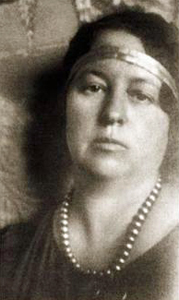
Jessie Hazel Arms Botke was an Illinois and California painter noted for her bird images and use of gold leaf highlights.
Clayton Sumner "C. S." Price was an American expressionist painter from Oregon.

The Carmel Art Association (CAA) is a Not-for-profit arts organization and gallery located in Carmel-by-the-Sea, California. The CAA is Carmel's oldest gallery. It features the work of many local artists living on the Monterey Peninsula. Many of its members were early California artists. The CAA is a 501(c)(3) organization. CAA was recorded with the National Register of Historic Places on May 10, 2002.
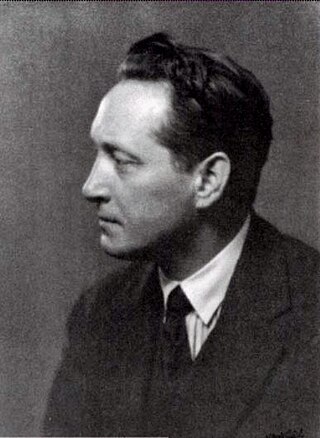
John O'Shea was a California impressionist painter known for his landscape, marine, figure, and portrait paintings. He was one of the major artists in Carmel-by-the-Sea, California between 1917-1945, and resident of Carmel for 36 years. His works are held in the permanent collections of several locations, including the Harrison Memorial Library, Monterey Museum of Art, Municipal Gallery of Modern Art, and the Bohemian Club.
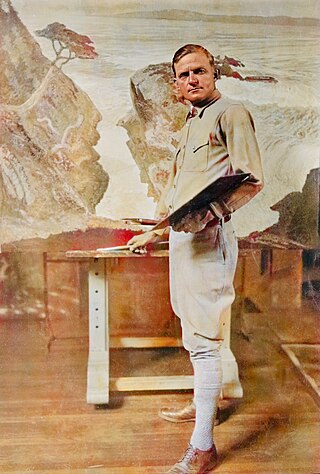
Ferdinand Burgdorff,, also known as Ferdy, was an American etcher, painter, and printmaker. He was nationally known for his role as a landscape painter of the Monterey Peninsula, Yosemite, and the desert Southwest. He was one of the earliest artists that came to the art colony in Carmel-by-the-Sea. He was an illustrator for Sunset Magazine. His works can be found in the permanent collections of the Naval Postgraduate School, De Young Museum, Monterey Museum of Art, and the Cleveland Museum of Art.
















